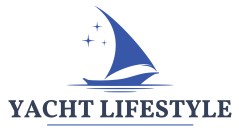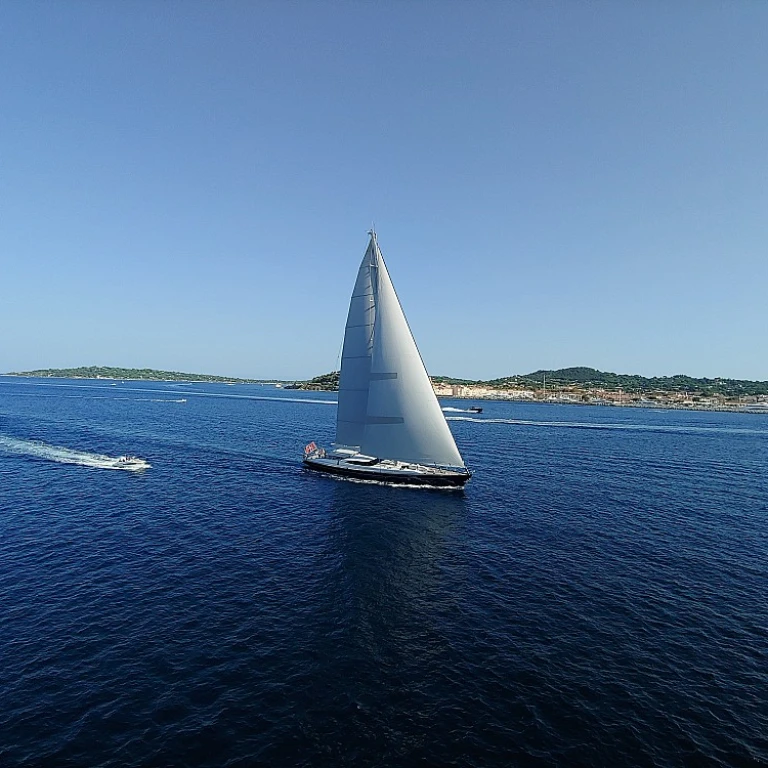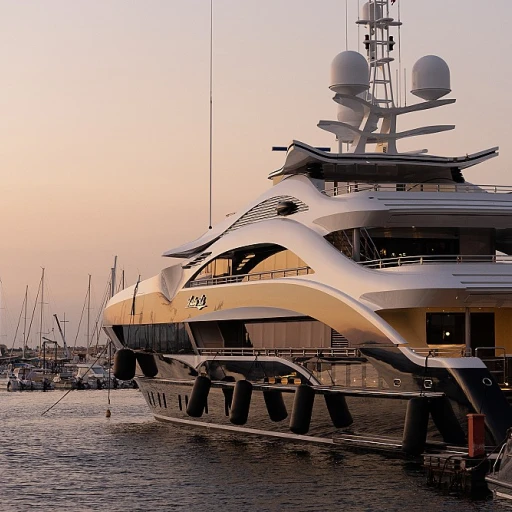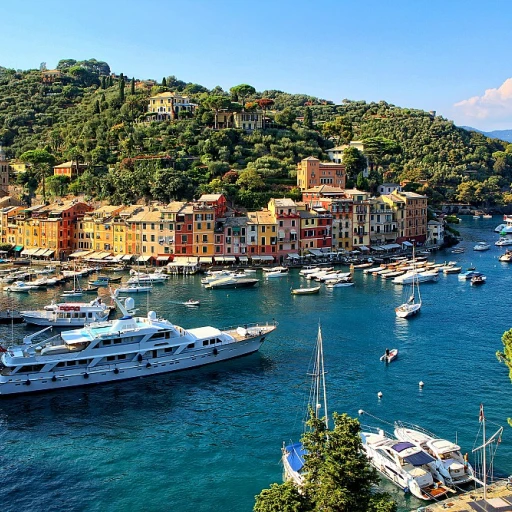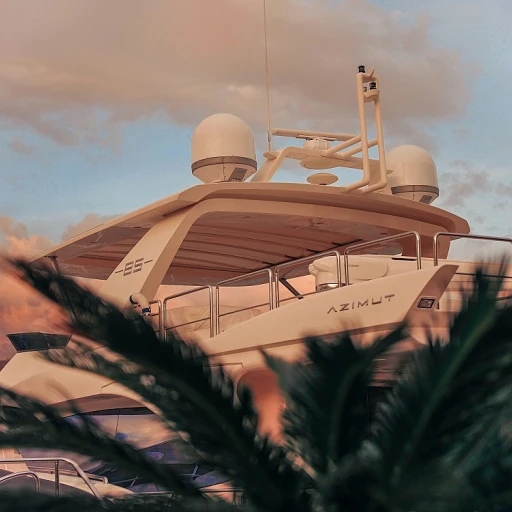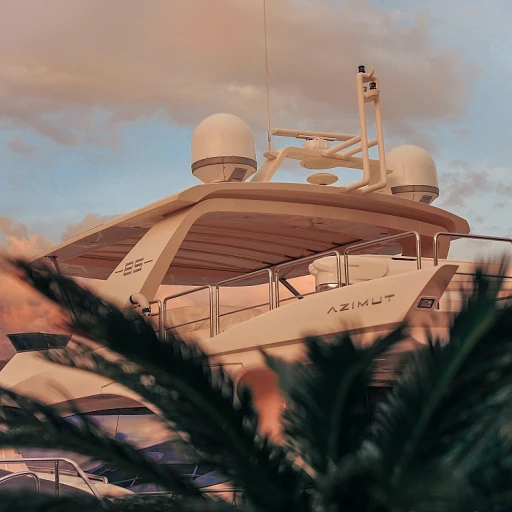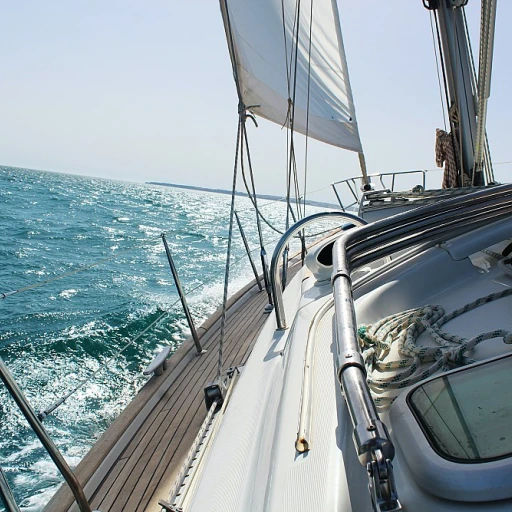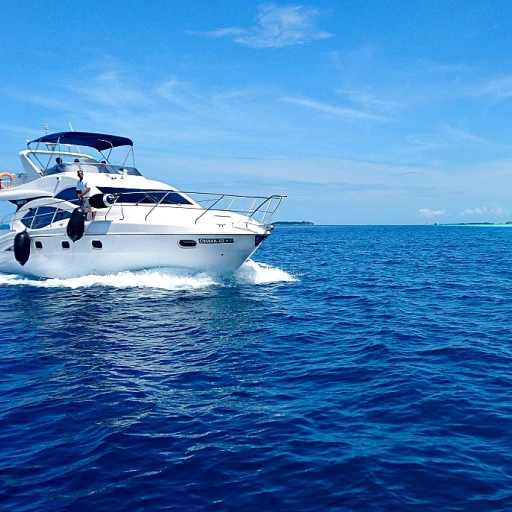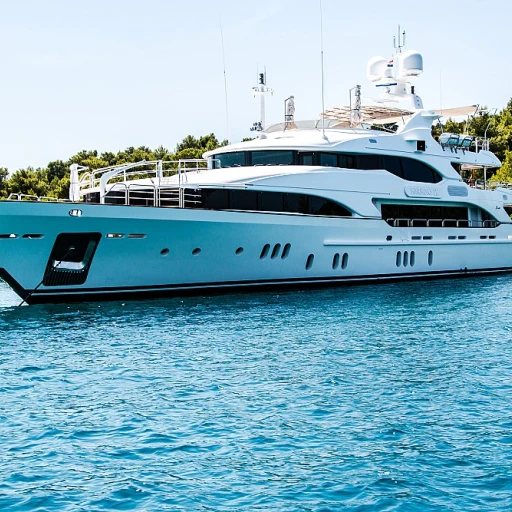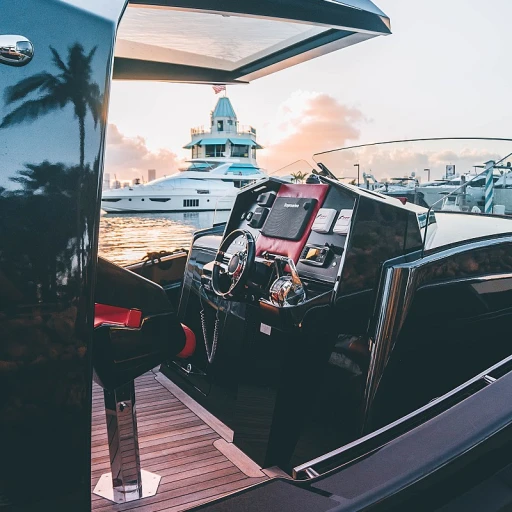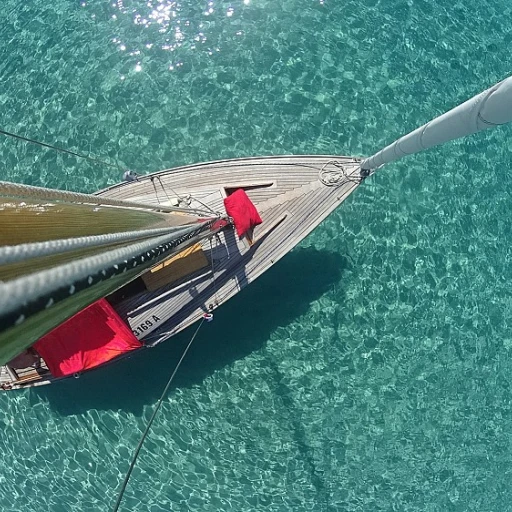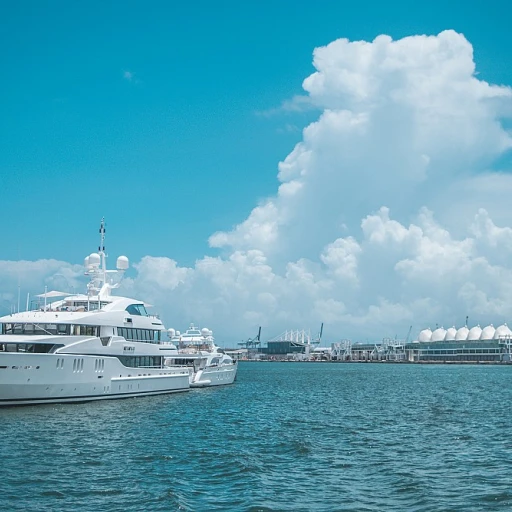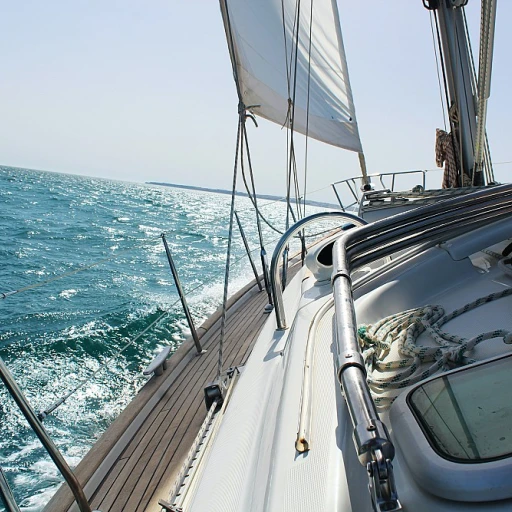
Understanding the Importance of Toe Rails
The Role of Toe Rails in Yacht Safety and Functionality
Toe rails are an essential component of any yacht, particularly for models like the Beneteau 43. These rails serve multiple purposes, enhancing both the safety and functionality of your vessel. Positioned along the hull deck, they act as a barrier, preventing items and people from slipping overboard. This is especially crucial when navigating rough waters, where the risk of accidents increases.
Beyond safety, toe rails contribute to the structural integrity of the boat. They help in maintaining the alignment of the hull deck and provide a mounting point for various devices and equipment. Whether you have a teak toe rail or an aluminum toe rail, each material offers unique benefits, from the classic aesthetic of teak to the durability of aluminum.
When considering enhancements for your yacht experience, it's important to recognize the role of toe rails. They not only support the standing rigging but also serve as a foundation for additional accessories like a bimini top, which can significantly improve comfort on deck.
In the following sections, we'll explore common issues with Beneteau 43 toe rails and how to source quality replacement parts. Understanding these aspects will ensure your yacht remains in top condition, ready for any adventure.
Common Issues with Beneteau 43 Toe Rails
Challenges and Concerns with Maintaining Beneteau 43 Toe Rails
When it comes to the Beneteau 43, its reputation in the yacht community is quite solid. However, like any vessel, common issues arise over time, particularly concerning its toe rails. Understanding the dynamics and potential pitfalls of these components is crucial.
Issues with the toe rails on a Beneteau 43 often stem from the material used. The original rails are usually made from aluminum or teak which are susceptible to environmental wear and tear. Over time, aluminum toes can suffer from corrosion, while the teak can deteriorate due to exposure to saltwater and intense UV radiation. This degradation can lead to parts like mounting holes or flanges coming apart, compromising the integrity of your rail and potentially the safety of your boat deck.
Another common concern arises when fastenings loosen, leading to further damage. It’s essential to routinely check these mounting points and ensure they are secure. A damaged toe can expose the hull deck connection, which over time may lead to additional issues with the boat’s structural integrity.
Furthermore, messages from yacht owners often highlight concerns regarding the alignment and profile of the rail. Especially after repairs or replacements, ensuring the rail profile matches the original design is crucial for maintaining the aesthetic and functional standards of the yacht.
For those facing these issues, it’s essential to consider whether to undertake a DIY approach or hire professionals to ensure that rail repair or replacement meets the required safety and aesthetic standards. The expertise and tools required to fix stainless steel or aluminum toes, as well as teak toe restoration, can significantly affect your overall experience. For those opting to enhance your sailing experience further, you might consider integrating a premium 4-bow bimini top as a part of updating your vessel’s comfort features.
Sourcing Quality Replacement Parts
Finding Genuine Replacement Parts for Your Toe Rail Challenge
Selecting the right replacement parts for your Beneteau 43 toe rail is crucial to maintaining the structural integrity and aesthetic appeal of your vessel. When it comes to sourcing these components, ensuring quality and authenticity should be your top priority. First, it's essential to connect with reliable suppliers who specialize in genuine Beneteau parts. While aftermarket options might appear cost-effective, they can compromise the longevity and performance of your boat. Consider reaching out to boat yards or registered dealers who offer original parts specifically designed for your yacht model. Additionally, if you're involved with yacht communities, participating in online message boards or groups where enthusiasts share their experiences can be incredibly beneficial. By engaging in conversations, you may gain valuable insights and recommendations. Be sure not to overlook the importance of proper component specifications such as mounting holes, flanges apart, or even the choice between aluminum toe and teak toe options based on your personal preference and the current style of your deck. For those attempting to tackle the replacement themselves, understanding the distinct differences in components, such as stainless steel or teak toe rails, can prevent mistakes that lead to further damage or the potential misfit along the hull deck. Utilize resources that offer an expansive catalog of replacement toe rail components online. Check for options with transparent return policies and customer support. This can be particularly helpful when you need to address problems with damaged toe rails or conduct a rail repair. For more detailed advice on optimizing the performance and longevity of your yacht's fixtures, you might find this guide to marine battery chargers helpful. It provides supplementary insights into selecting compatible equipment for seamless power management across onboard devices. Remember, taking the time to source quality replacement parts ensures that your Beneteau 43 will continue to deliver a pleasurable sailing experience for years to come.DIY vs. Professional Installation
Choosing Between DIY and Professional Installation
Deciding whether to opt for a DIY or professional installation of your Beneteau 43 toe rail is a significant consideration. This decision could affect the overall durability and alignment of the toe rail on your boat, impacting not just the look, but also the safety of your vessel. For those passionate about yacht maintenance and eager to get hands-on experience, DIY installation can be both rewarding and cost-effective. However, it's crucial to arm yourself with the right tools and a clear understanding of the process. Issues like aligning the mounting holes and ensuring the new rail profile matches the original can be quite challenging. If you're dealing with damaged toe rails, especially with materials like aluminum or stainless steel, precision is key to prevent further mishaps. On the other hand, professional installation comes with the advantage of expertise and equipment tailored for specific tasks. Many times, firms specializing in rail replacement can handle intricate details such as dealing with flanges apart or making adjustments between hull deck alignments. They can also address complex scenarios such as replacing teak toe rails or installing double diamond styles with minimal hassle. Both options have their merit, and the right choice depends on your experience, confidence, and the specific requirements of your boat deck. Communication is vital, regardless of your choice, whether through an email consultation with experts or view forums and group discussions online to gather valuable insights and messages from seasoned yacht owners.Maintenance Tips for Longevity
Essential Maintenance for Durable Toe Rails
Keeping your Beneteau 43 toe rails in pristine condition requires regular attention and keen observation. Understanding the nuances of how wear and tear affect these integral components will aid in preserving their functionality and appearance.- Regular Inspection: Periodically examine the rail profile for any signs of damage, such as flanges apart or mounting holes enlarged due to stress. This early detection can prevent more severe complications like compromised hull deck integrity.
- Cleaning and Treating: Particularly with teak toe rails, routine cleaning is crucial. Use marine-grade teak cleaners to preserve the wood while avoiding damage. If your yacht features aluminum toe rails, rinse them with fresh water to prevent corrosion from salt deposits.
- Preventative Care: Apply a UV-resistant oil or varnish on teak toe rails to protect against the harsh marine environment. For aluminum rails, ensure no scratches occur as these can lead to premature deterioration.
- Repair and Replacement: When damage is evident, consider rail repair or, if essential, rail replacement. It's critical to use high-quality materials to match the original specifications to maintain structural integrity.
- Secure Fastenings: Ensure all stainless steel fastenings and screws are tightly mounted, particularly around standing rigging areas where stress is concentrated. Any loose members can transmit damage messages across the rails.
Innovations in Toe Rail Design
Innovative Developments in Toe Rail Design
The world of toe rail design is not only about functionality but also innovation and aesthetics. As we've explored the foundational significance and the challenges owners face with their Beneteau 43 toe rails, it's essential to highlight how new designs are transforming both style and performance on the open seas.- Material Advancements: Traditionally, toe rails were predominantly crafted from teak wood, known for its durability and classic aesthetic on the boat deck. However, modern rail designs now incorporate materials such as aluminum and stainless steel. These not only provide longevity and withstand harsh marine environments but also offer sleek, modern appearances that complement any hull deck.
- Profile Enhancements: More brands, including notable ones like Hunter Marine, have started looking into double diamond rail profiles. These profiles provide improved grip and water drainage, reducing the frequency of rail repair. Additionally, aluminum toe rail profiles feature rounder edges, which minimize the risk of injuries while still maintaining functionality.
- Adaptable Installation Techniques: Current innovations have also made the installation process for toe rails more flexible. New models often include pre-drilled mounting holes and flanges that can be adjusted, making both DIY and professional installations more efficient.
